Sharks, the iconic predators of the seas, exhibit remarkable diversity across the world’s oceans. From the cold waters of the Arctic to the tropical realms of the Pacific, each region hosts unique shark species adapted to its specific environmental conditions. Let’s embark on a journey to explore the fascinating array of sharks dwelling in various seas and oceans worldwide.
1. Arctic and Antarctic Oceans:
Greenland Shark (Somniosus microcephalus): The Arctic Ocean is home to the enigmatic Greenland Shark. Thriving in frigid temperatures, this species is known for its slow growth and longevity, with individuals potentially living for centuries. The Arctic’s extreme conditions make it a challenging yet essential habitat for this deep-sea dweller.

Southern Sleeper Shark (Somniosus antarcticus): In the Antarctic Ocean, the Southern Sleeper Shark navigates the icy waters. Similar to its Arctic counterpart, this shark adapts to the extreme cold, showcasing the resilience of these species in polar environments.
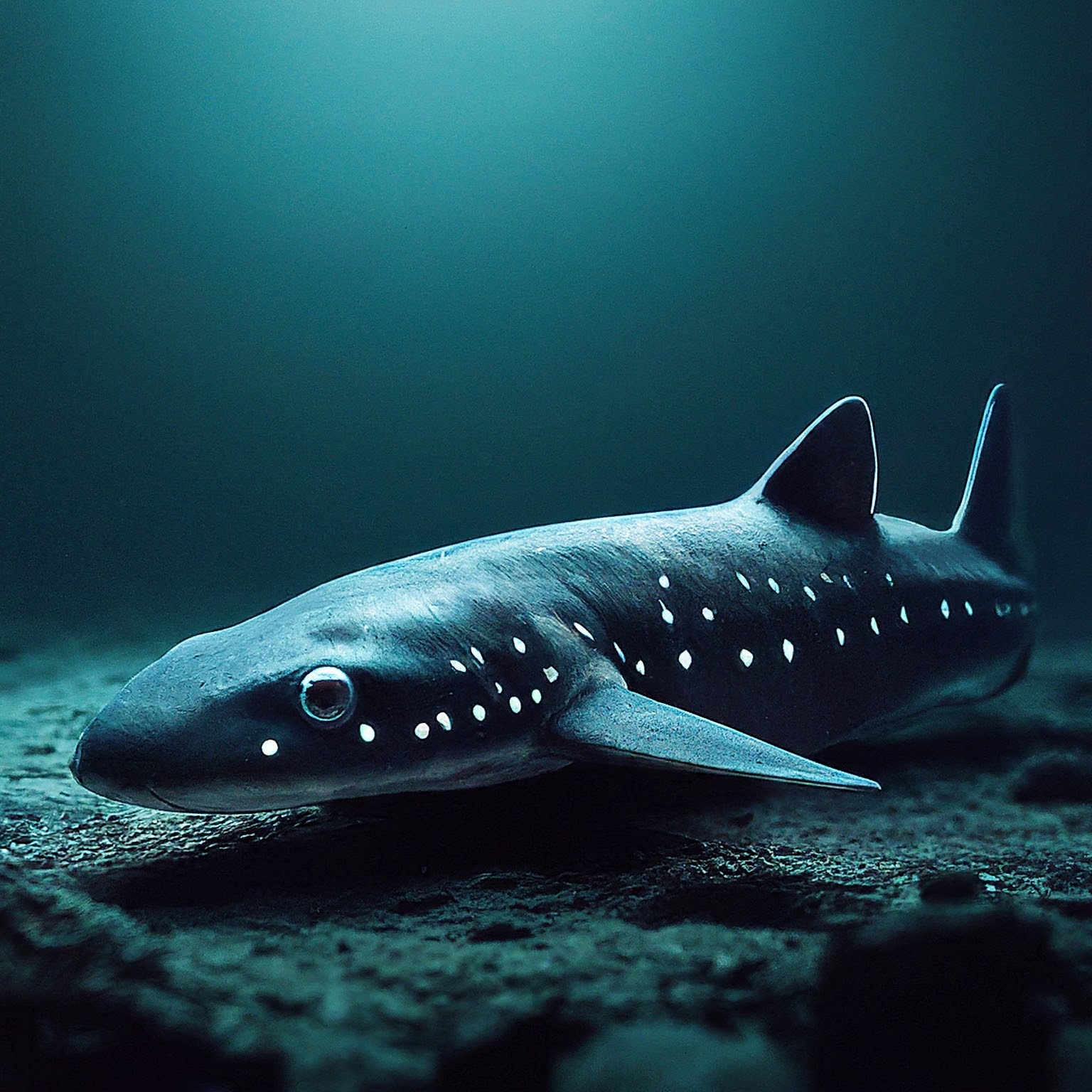
2. North Atlantic Ocean:
Great White Shark (Carcharodon carcharias): The North Atlantic is famed for hosting the iconic Great White Shark. With its powerful build and serrated teeth, this apex predator commands attention. Popularized by media portrayals, the Great White is a key player in the ocean’s delicate balance.

Basking Shark (Cetorhinus maximus): In contrast, the Basking Shark, the second-largest living shark, is a gentle giant. It filters plankton through its enormous mouth, demonstrating the diversity of feeding strategies within the same ocean.

3. Indo-Pacific Region:
Whale Shark (Rhincodon typus): The Indo-Pacific, rich in biodiversity, houses the majestic Whale Shark. As the largest fish in the world, it is a filter feeder with a peaceful disposition, contrasting sharply with the predatory nature of other sharks.

Tiger Shark (Galeocerdo cuvier): In these warm waters, the Tiger Shark reigns as a formidable predator. Recognized for its distinctive stripes, this species showcases the adaptability of sharks to diverse ecosystems within the same region.
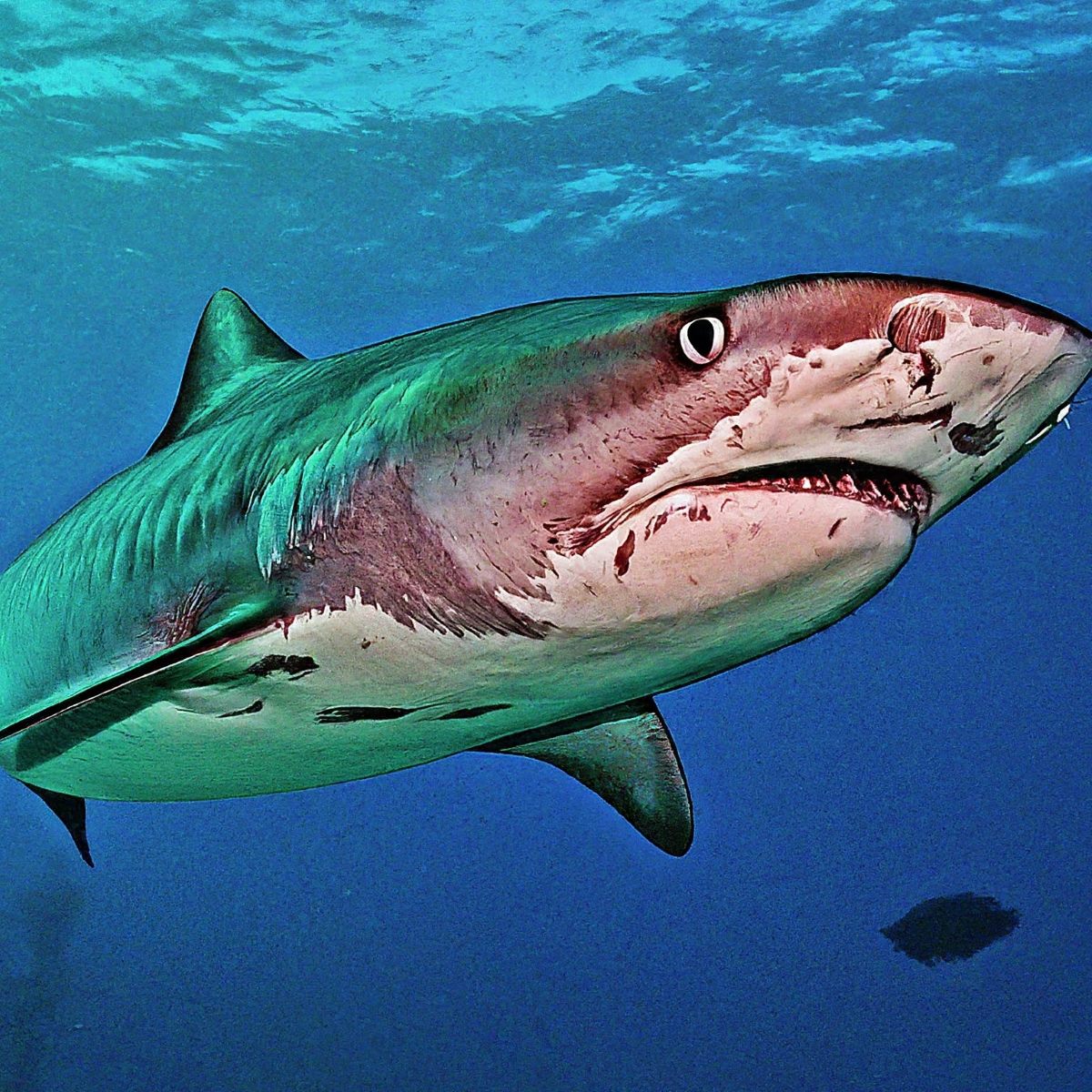
4. Indian Ocean:
Oceanic Whitetip Shark (Carcharhinus longimanus): The Indian Ocean is patrolled by the Oceanic Whitetip Shark. Known for its dominance in open water, this species has adapted to thrive in pelagic environments, emphasizing the importance of understanding the varied niches sharks occupy.

Hammerhead Shark (Sphyrnidae family): Several hammerhead species, such as the Scalloped Hammerhead, traverse the Indian Ocean. Their unique head shapes enhance sensory capabilities, showcasing the evolutionary innovations that have propelled sharks to ecological success.

5. Mediterranean Sea:
Shortfin Mako Shark (Isurus oxyrinchus): Navigating the Mediterranean, the Shortfin Mako Shark is a speed demon. Its streamlined body and incredible speed make it a testament to the diversity of adaptations within the shark family.
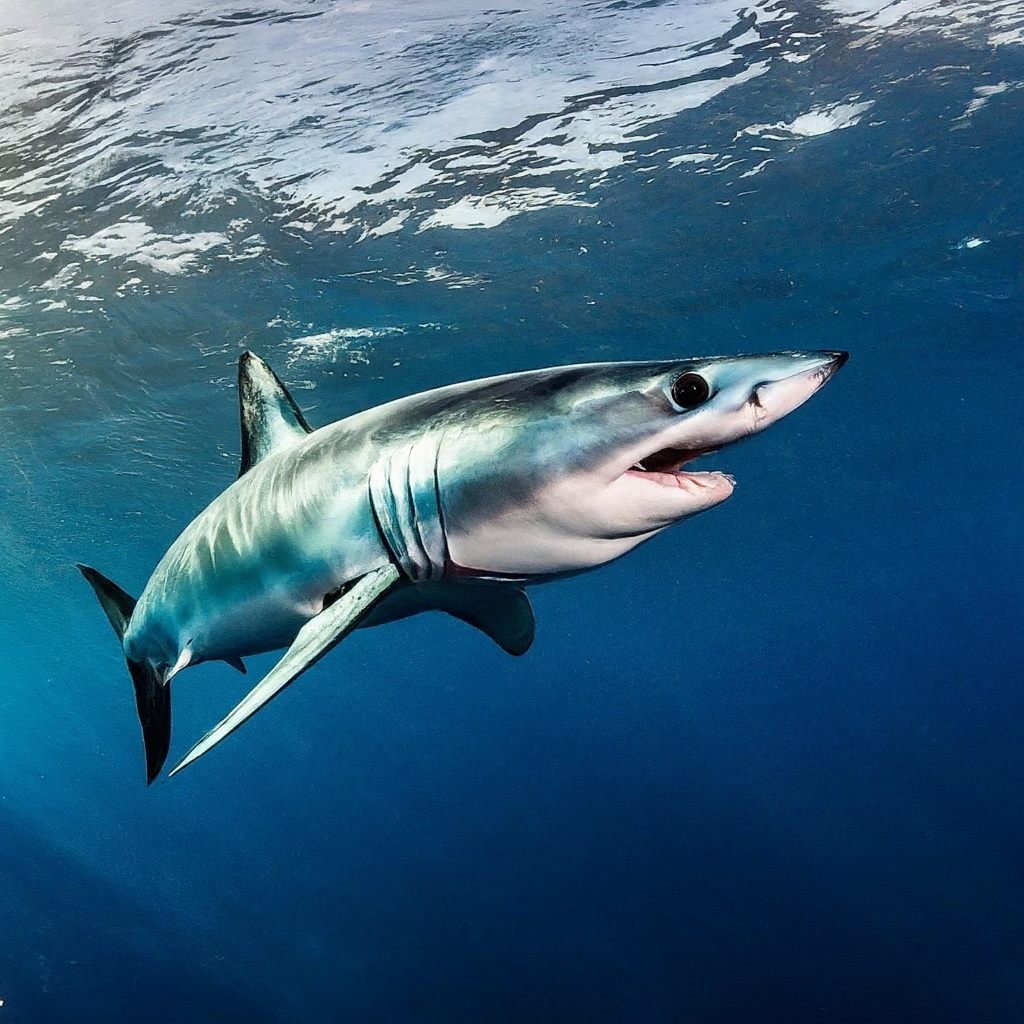
Blue Shark (Prionace glauca): The Blue Shark is another resident of the Mediterranean, displaying a slender build and striking blue coloration. Its presence highlights the significance of this relatively enclosed sea in supporting a variety of shark species.

6. Australian and South Pacific Waters:
Grey Nurse Shark (Carcharias taurus): Australia’s coastal waters host the Grey Nurse Shark. Often misunderstood due to its formidable appearance, this shark plays a crucial role in maintaining the balance of marine ecosystems.

Blacktip Reef Shark (Carcharhinus melanopterus): In the South Pacific, the Blacktip Reef Shark thrives in shallow coral environments. Its presence underscores the adaptability of sharks to diverse habitats, from open ocean expanses to intricate reef systems.
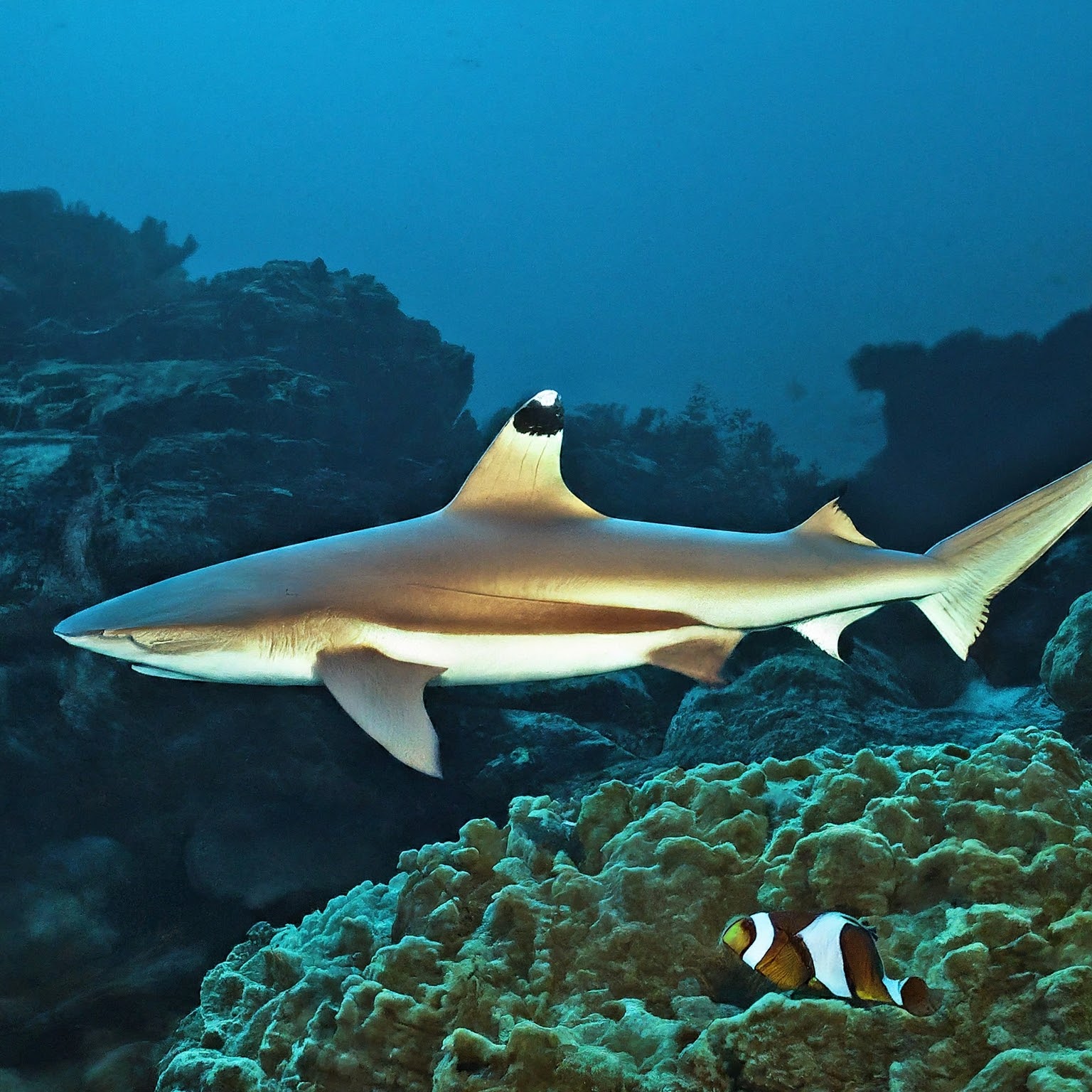
7. Atlantic Ocean:
Nurse Shark (Ginglymostoma cirratum): The Atlantic Ocean is home to the Nurse Shark, a bottom-dwelling species with distinctive barbels. Its nocturnal habits and preference for resting on the ocean floor showcase the ecological variety within this vast ocean.
Porbeagle Shark (Lamna nasus): The Porbeagle Shark, found in the North Atlantic, is adapted to colder temperatures. Its sleek design and efficient hunting strategies highlight the role of environmental factors in shaping shark evolution.
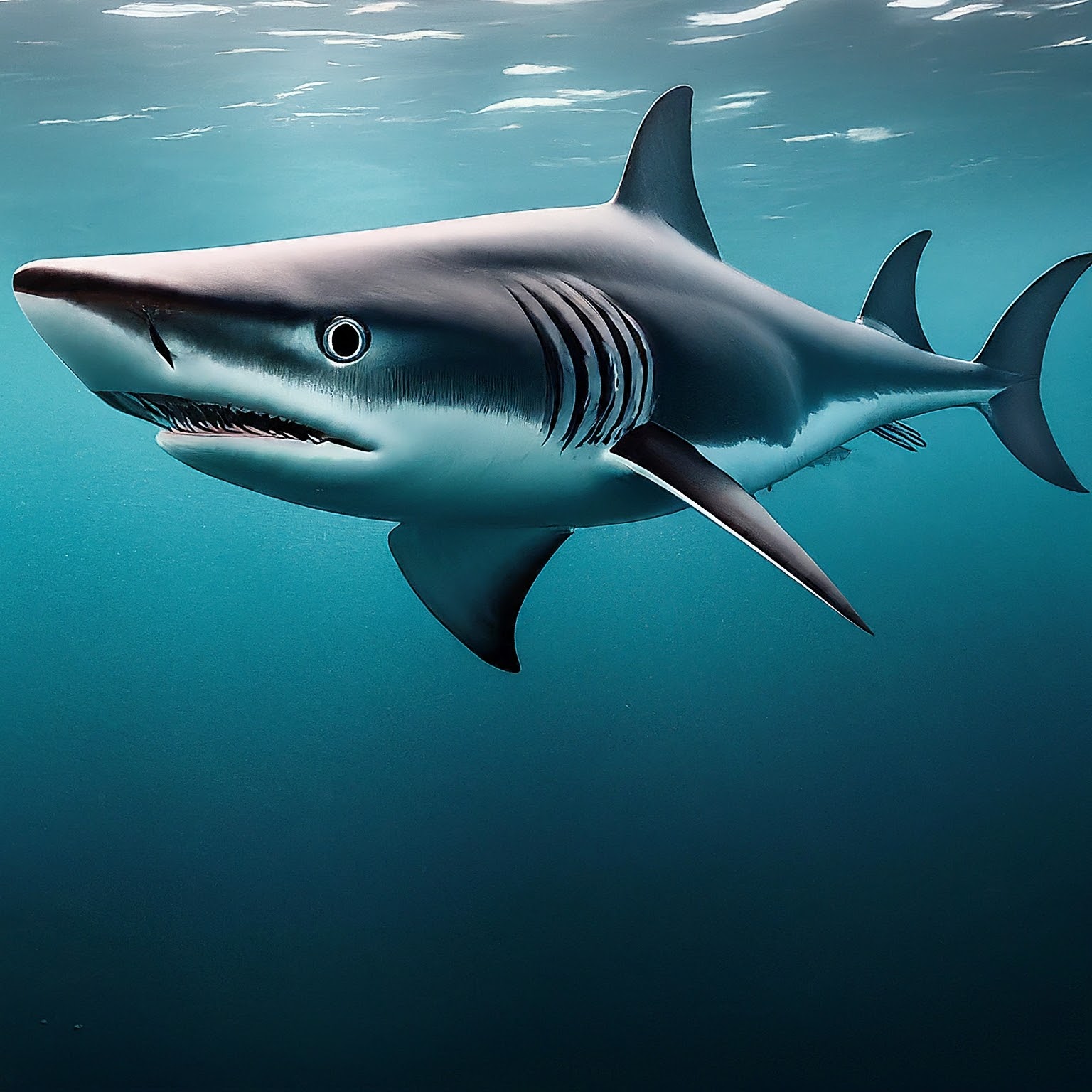
8. Caribbean Sea:
Caribbean Reef Shark (Carcharhinus perezi): In the warm, clear waters of the Caribbean, the Caribbean Reef Shark glides gracefully. Its presence in these vibrant coral ecosystems emphasizes the interconnectedness of sharks with the health of coral reefs.
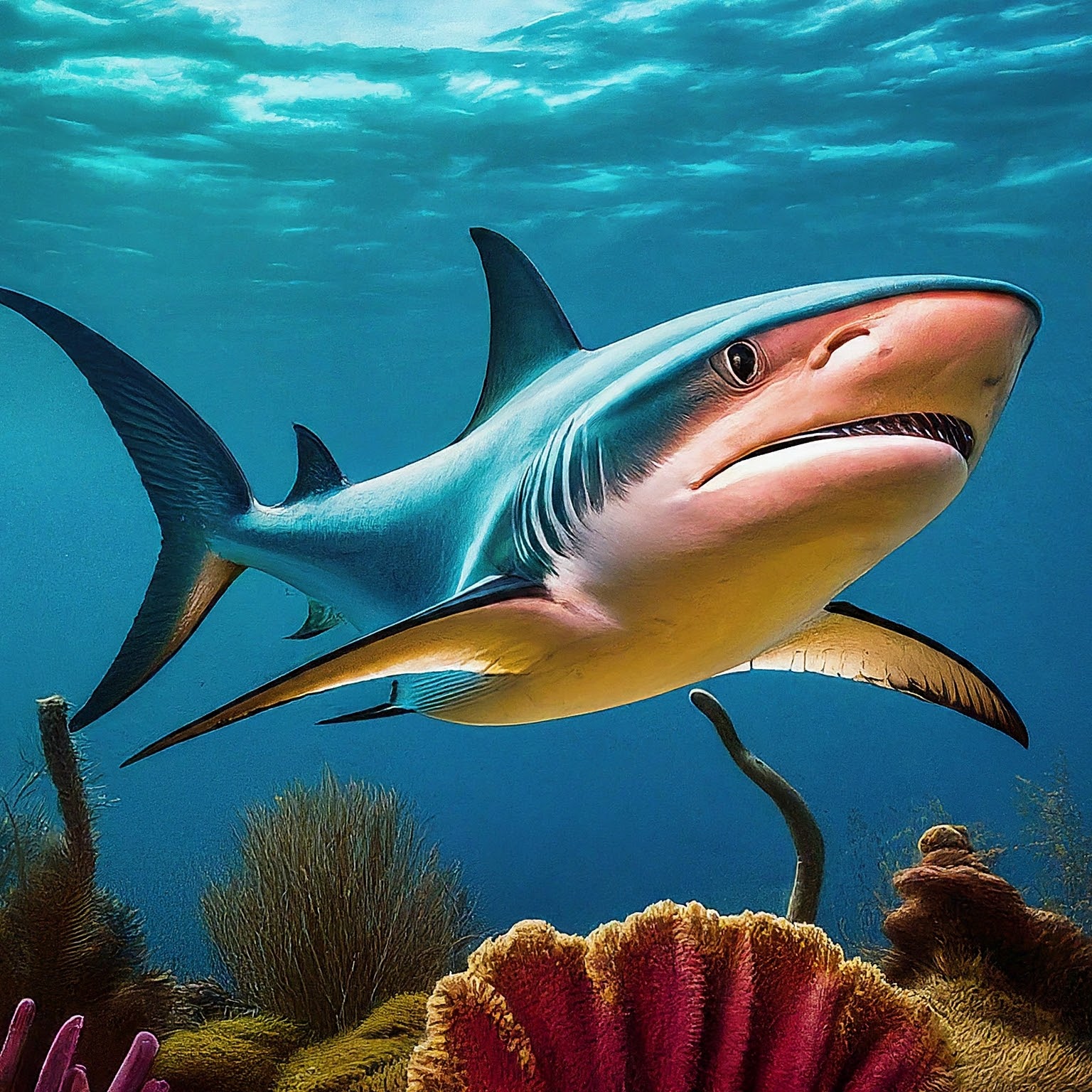
Lemon Shark (Negaprion brevirostris): With its distinct yellow hue, the Lemon Shark is a common sight in Caribbean waters. Studying its behaviors provides valuable insights into the complex interactions between sharks and their surroundings.

9. Pacific Northwest:
Sixgill Shark (Hexanchus griseus): Venturing into the Pacific Northwest, the Sixgill Shark navigates deeper, colder waters. Its unique six gill slits set it apart, showcasing the adaptations that enable sharks to explore diverse oceanic zones.

Soupfin Shark (Galeorhinus galeus): The Soupfin Shark, another Pacific Northwest inhabitant, is known for its distinctive dorsal fin. Its presence in temperate waters illustrates the adaptability of sharks to a range of climates.

10. South Atlantic and Southern Ocean:
Angel Shark (Squatina squatina): In the South Atlantic, the Angel Shark gracefully glides along the ocean floor. Its flattened body and ambush hunting style are distinctive features that set it apart from other sharks.
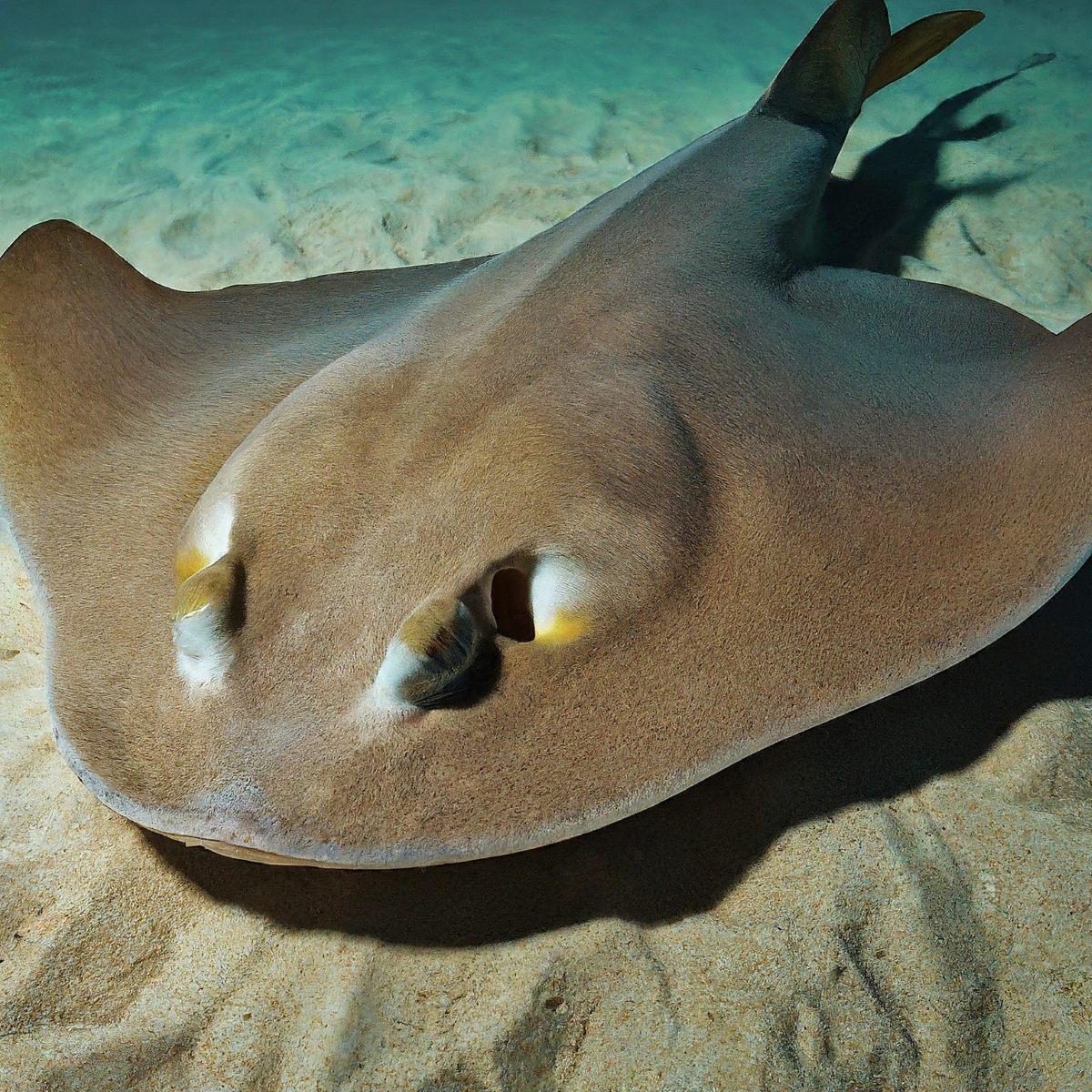
Wobbegong Shark (Orectolobidae family): The Southern Ocean hosts the Wobbegong Shark, demonstrating a unique body shape and camouflage abilities. These traits allow it to thrive in the challenging environments of the Southern Hemisphere.

Conclusion:
Exploring the diverse array of sharks in various seas and oceans unveils the intricate tapestry of marine life. Each species, uniquely adapted to its habitat, plays a vital role in maintaining the ecological balance of our planet’s vast and interconnected oceans. Understanding and appreciating this diversity is crucial for the conservation of these remarkable creatures and the preservation of our oceans for future generations.
